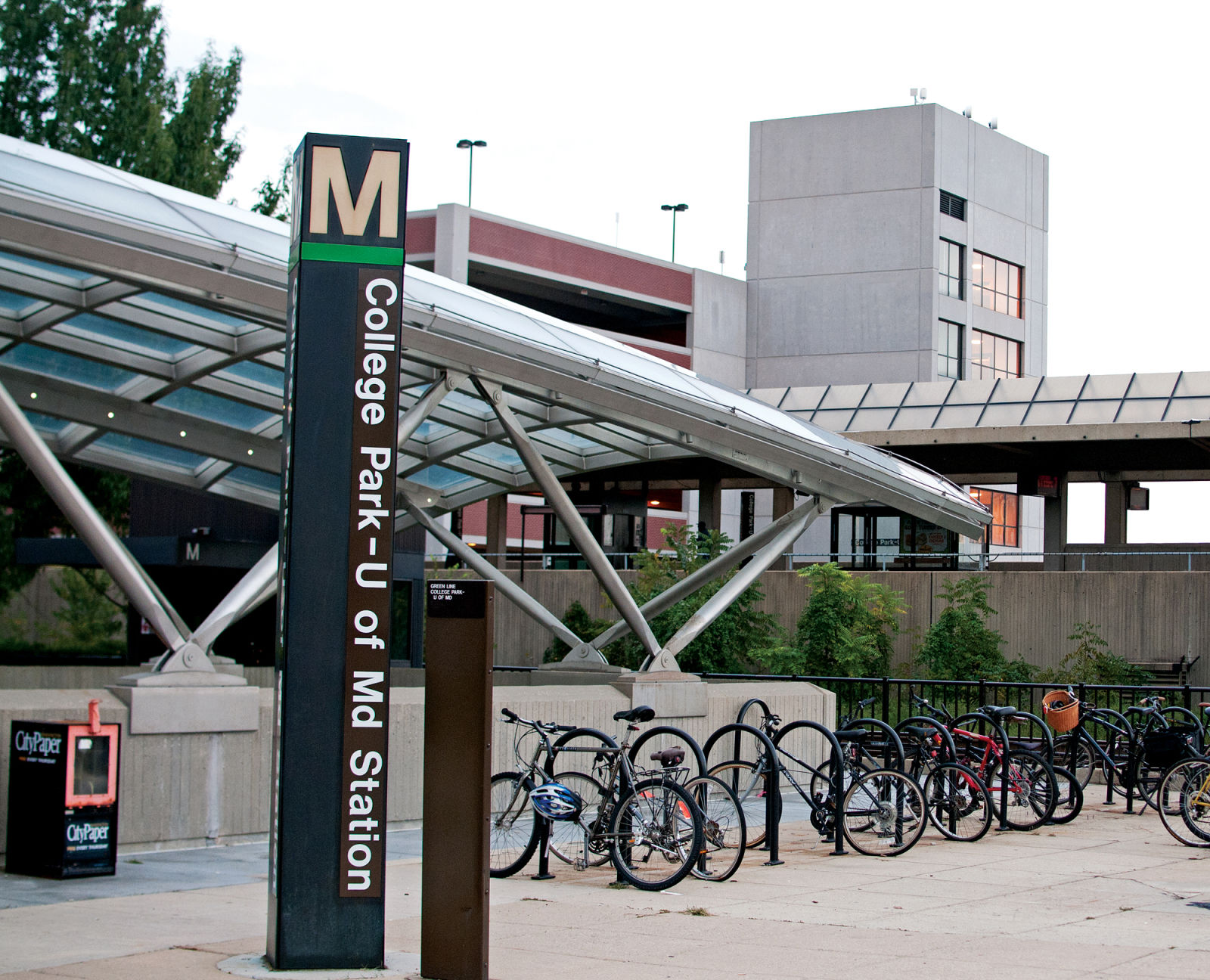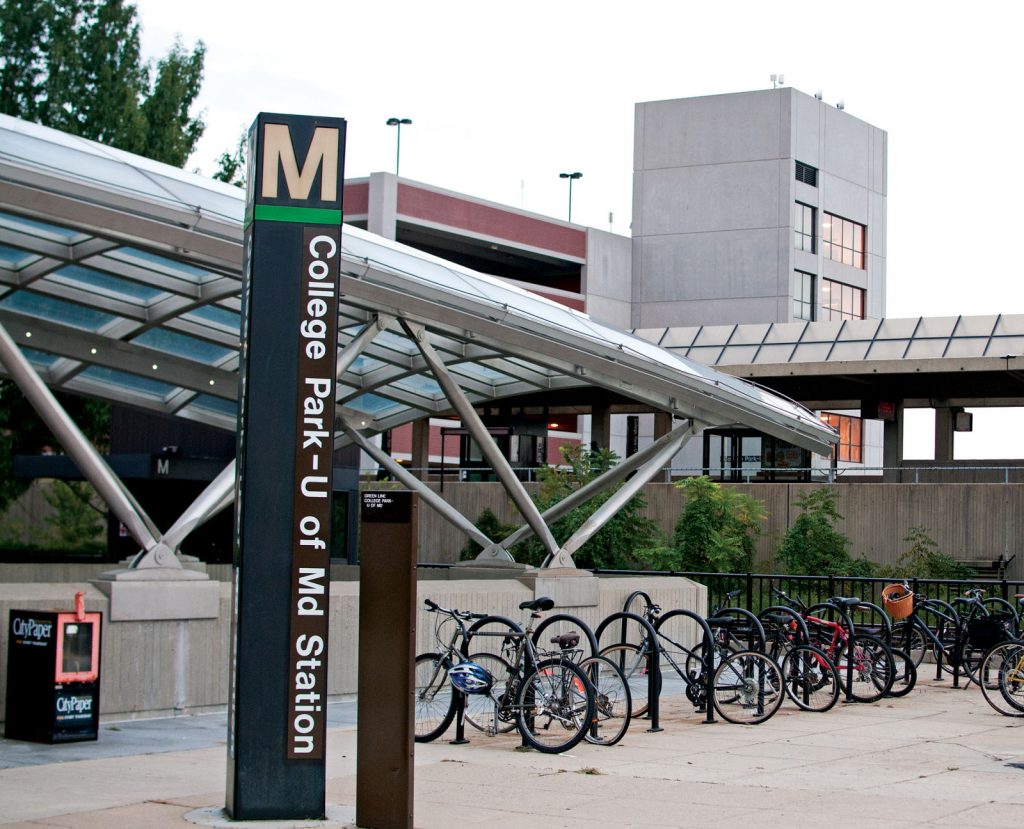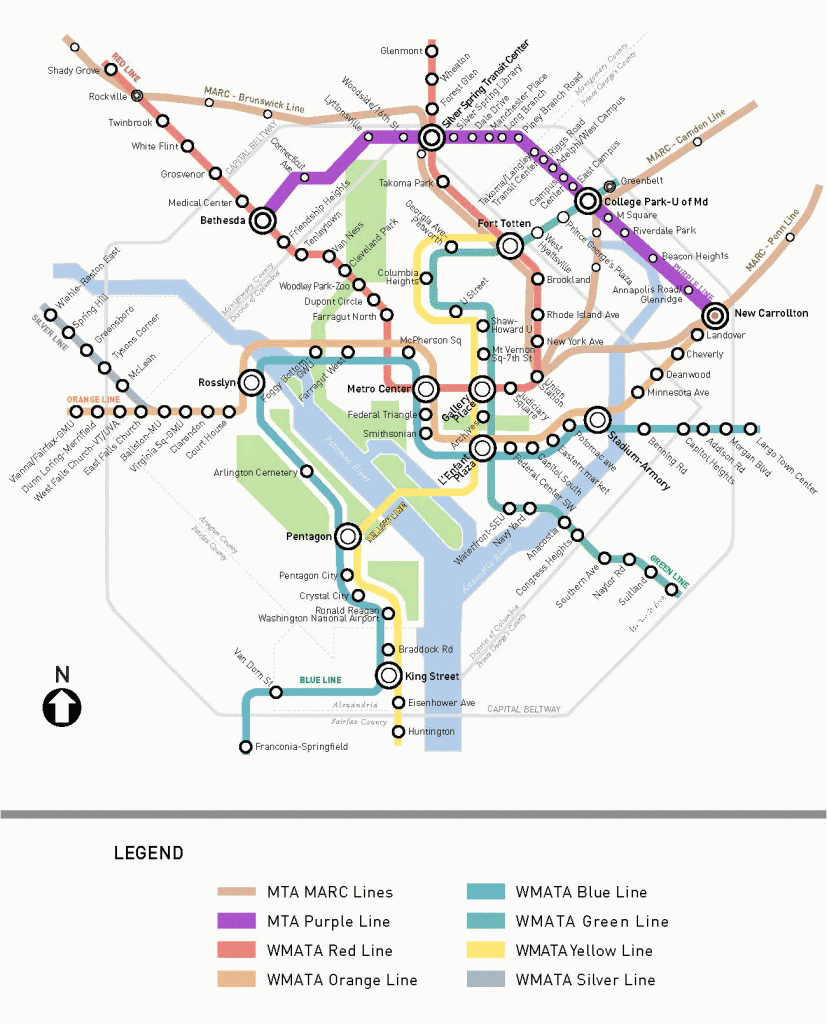The University System of Maryland’s Board of Regents voted Friday to approve a memorandum of agreement between the University of Maryland and the Maryland Transit Administration regarding the design, construction, operation and maintenance of the Purple Line light rail.
The vote was 12-1 and only took about a minute to pass, student regent Sydney Comitz said.
“Because we’ve seen it, because it’s recommended through committee, we only spent about a minute on it,” said Comitz, a second-year law student at the University of Baltimore. “It was really quick.”
The purpose of the memorandum — which this university and the transit administration have been negotiating for about three and a half years — is to address university concerns with the Purple Line and set up corresponding rules and regulations, said Jamie Kendrick, the transit administration’s deputy executive director for the office of transit development and delivery.
When the board endorsed the Purple Line in 2011, there were “a number of concerns about different aspects of the project — impact to research facilities, pedestrians, the overall look of the campus,” Kendrick said. “We really took those issues to heart and kind of worked closely with the university … to make sure that we addressed the concerns in a way that was responsive to the needs of the community but maintained the affordability and integrity of the Purple Line itself.”
READ MORE: State moves forward with Purple Line, will include five stops near campus
Regulations include restriction of electromagnetic interference to current ambient levels, free transit for those with university IDs for the five stations from M Square Research Park to University of Maryland University College, pedestrian right-of-way, maximum train speeds of 15 mph, a redesign of Campus Drive and construction pauses during final exams.
The transit administration will bear all construction costs for the Purple Line apart from bike lanes, and the university will retain advertising content and revenue on “fixed assets” along the line on the campus, according to the memorandum.
The memorandum now goes to the attorney general’s office, and following its approval, university system Chancellor Robert Caret is expected to sign off within 30 days, said Edward Maginnis, university counsel for the College Park City-University Partnership.
The Purple Line, which Gov. Larry Hogan approved in late June, will run for about 1.5 miles through the campus. This development will connect the university and its members to the metropolitan area, university President Wallace Loh said.
“Any student can jump on the Purple Line and get anywhere in the Washington area,” Loh said. “It would be huge for students and for staff and faculty. After all, we do have a lot of faculty and staff who do live in the D.C. area. … That will decrease traffic significantly.”
In addition to regulations, the memorandum also outlines a public-private partnership approach to the project, which means the transit administration will select a concessionaire to build and operate the Purple Line while maintaining ownership, Maginnis said.
“We want a firm that is responsible and will implement the project in a way that minimizes impact to the communities, to the university, that can deliver the project on time and on budget,” Kendrick said, noting that there are currently four finalists.
Once the transit administration chooses the firm in March, construction on the campus likely won’t begin until late spring 2017, Kendrick said.
“We want to try and keep it the least disruptive as possible to the university community by trying to do as much as we can over the summers,” Kendrick said.
The general construction of the 16.2-mile Purple Line — which will run for 21 stations from New Carrollton to Bethesda — is expected to start in late summer or early fall 2016; service is slated to begin in 2021.
Comitz said passing the memorandum was a way for the Board of Regents to maintain checks and balances on the project as it moves forward.
“When the board voted originally on the Purple Line, there was a caveat that said, ‘And the board will approve any memorandum of understandings that come out of the Purple Line later on,’” Comitz said. “If we had voted no, we would literally be at a standstill, because the Purple Line is still in effect no matter what.”
The Purple Line will include five stops near campus.





